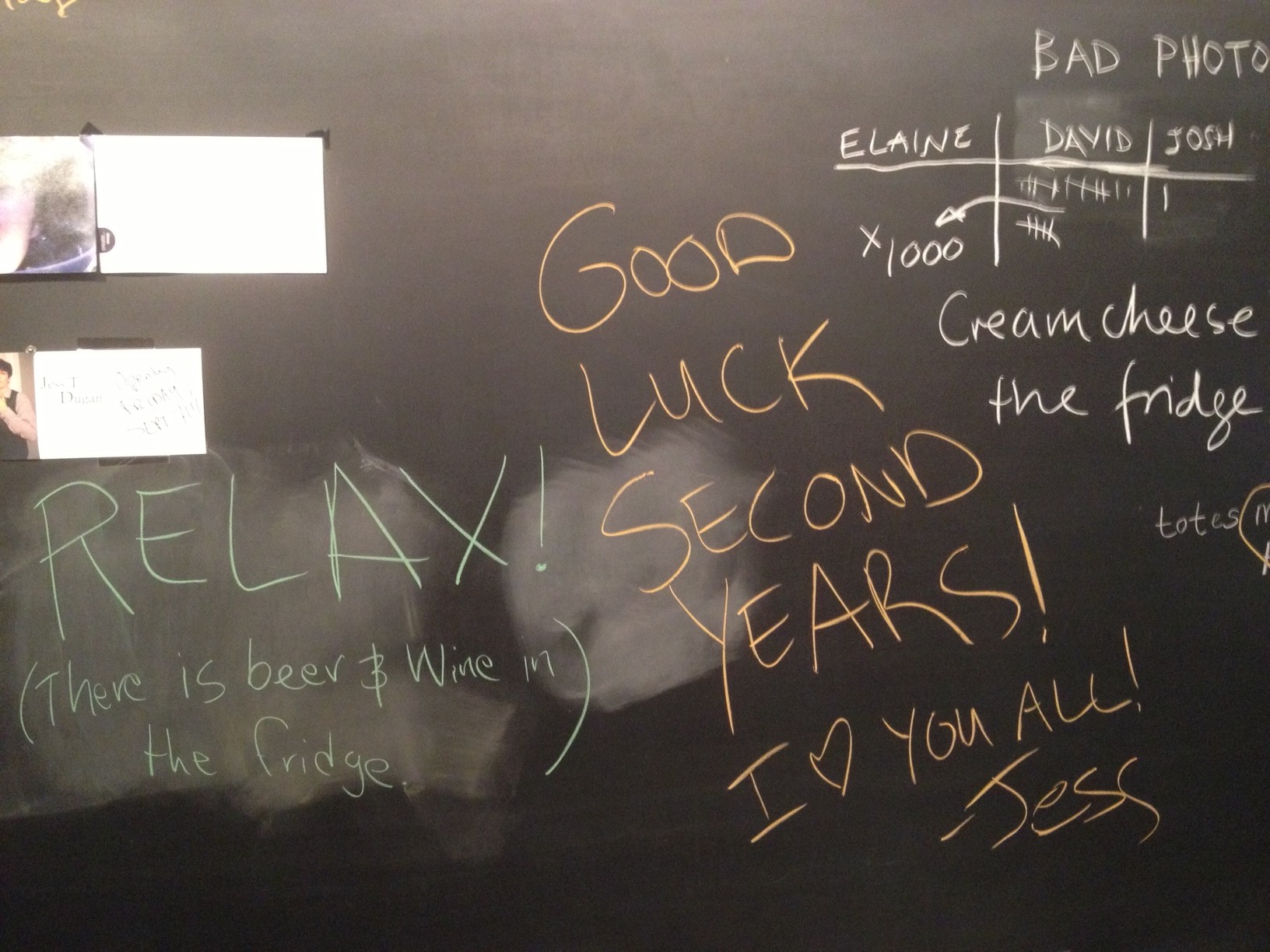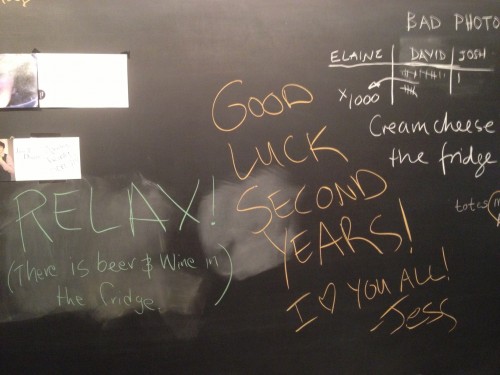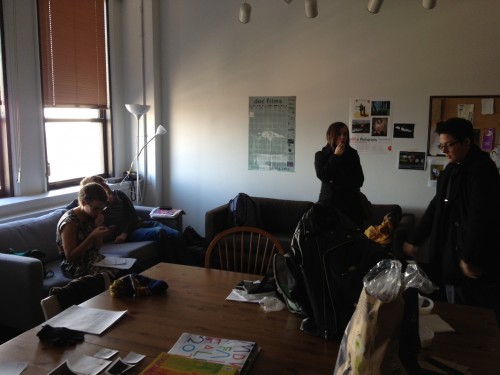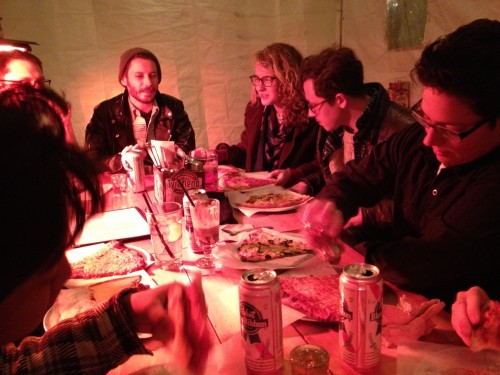
Candidacy: What Is It and How Might It Affect Me?
In the Photography MFA program at Columbia College Chicago, there is a process called candidacy that happens during the first semester of the second year, basically half way through the program. This is something that I, as a current second-year student, just went through. I want to offer a little insight into how the process works.
It consists of three or four parts (depending on the outcome of the third). These happen during the first three semesters of the program. At the end of each semester, there are what we call ‘end of semester reviews’.
After the first semester here, each student has an open review. This means that they hang the work that they have completed during their first semester. They are assigned three of the full-time faculty. On the last day of the semester, those students present their work to those three faculty members. A conversation about the work is completed, and possible direction then occurs between the student and the three faculty members. There is no real consequence to this conversation, and is supposed to put the student in the mindset of presenting work and also to give the student some feedback from faculty that they have not had as part of graduate seminar.
There is one other aspect to these first semester reviews: they are open, which means that the other students or outside viewers can walk freely back and forth to each of the two or three simultaneous presentations/conversations. This is educational for the students, because they can see how other work is also being talked about.
At the end of the first year, for the first-year students, the reviews are “closed”, which means that students are not walking back and forth between the rooms. Instead the student presents to the entire full-time faculty. This is considered a “mock candidacy”. There is no critique in this setting. The faculty instead subject the students to a variety of questions in hopes that the student can clarify ideas or issues present in the work they are presenting. After the review is finished, the faculty have a discussion (without the student present) then invite the student back and give feedback about what they think the student should work on or be concerned with about the work. They also let the student know if they think the student is on a good path towards candidacy.
Then comes candidacy. This is the same style of presentation as at the end of first-year review. The student presents to the full faculty in a closed session. Again, there is not supposed to be any critique of the work that is up. Only questions are posed. That evening, after all the students have presented, the faculty debate over whether the student “passes” or “doesn’t pass” (they don’t like to use the word “fail”, although the students use it constantly). If the student passes, then they are permitted to continue on with the program in the vein they are working.
If the faculty, for some reason, believe there are too many (or too important) issues that are not resolved, they ask the student to re-present. This re-presentation happens approximately 10 weeks later, usually on the Thursday before the start of the third semester. Many times, there are two outcomes. Either the student passes and continues on, or they decide to not re-present and instead leave the program. It is not super-common that students elect to leave, but it has happened each of the last few years.
This is candidacy. It is intended to be an affirmation of work that is working (in the faculty’s eyes) and an alarm for work that still has issues. Either way, it is an integral part of the program.



